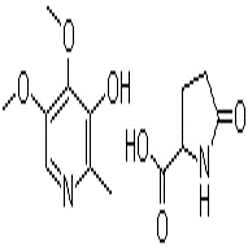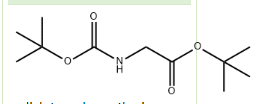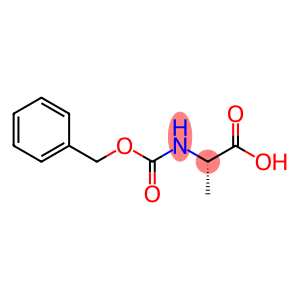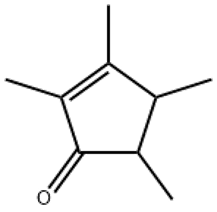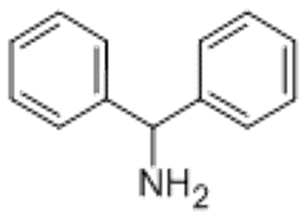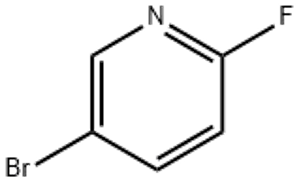2-(Trifluoromethoxy)benzyl bromide(CAS# 198649-68-2)
Risk and Safety
| Hazard Symbols | C – Corrosive |
| Risk Codes | R34 – Causes burns R36/37/38 – Irritating to eyes, respiratory system and skin. |
| Safety Description | S26 – In case of contact with eyes, rinse immediately with plenty of water and seek medical advice. S36/37/39 – Wear suitable protective clothing, gloves and eye/face protection. |
| UN IDs | 1760 |
| Hazard Note | Corrosive/Lachrymatory |
| Hazard Class | 8 |
| Packing Group | III |
2-(Trifluoromethoxy)benzyl bromide(CAS# 198649-68-2) Introduction
1. Appearance is colorless liquid, there is a special smell.
2. Insoluble in water, soluble in organic solvents such as ethanol, ether, etc.
3. The compound has high stability and is not easy to decompose at room temperature.
Its purpose:
1. 2-(trifluoromethoxy)benzyl bromide can be used as an intermediate for the synthesis of certain drugs, such as anticancer drugs, antibacterial drugs, etc.
2. It is also used for the synthesis of pesticides and the preparation of surfactants.
Method:
2-(trifluoromethoxy)benzyl bromide is usually obtained by reacting benzyl bromide with trifluoromethanol. The reaction process requires the use of strong alkaline conditions and appropriate solvents.
Safety Information:
1. The compound is an organic bromide, which may cause damage to the human body, has irritation and toxicity, and should avoid contact with sensitive parts such as skin, eyes, and respiratory tract.
2. During operation, personal protective equipment, such as protective gloves, goggles and protective masks, is required.
3. During storage and use, keep away from open flames and high temperatures, and avoid contact with oxidants.
4. The compound needs to comply with relevant laws and regulations in the process of waste treatment to avoid environmental pollution.



